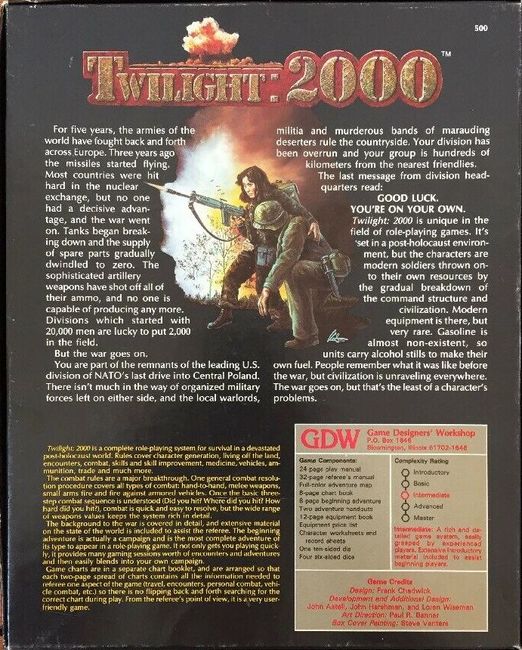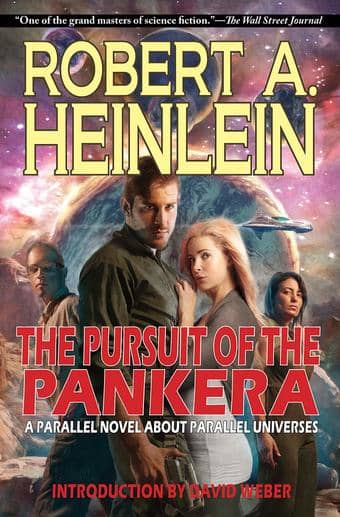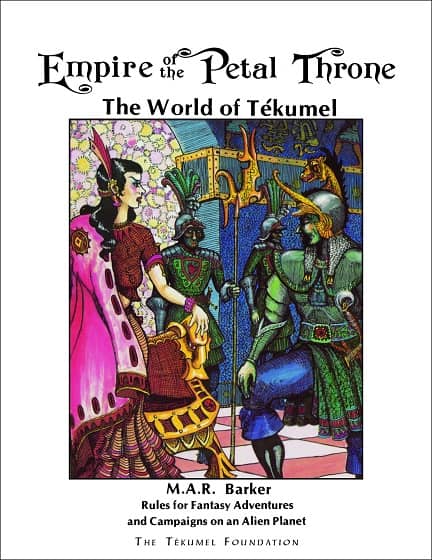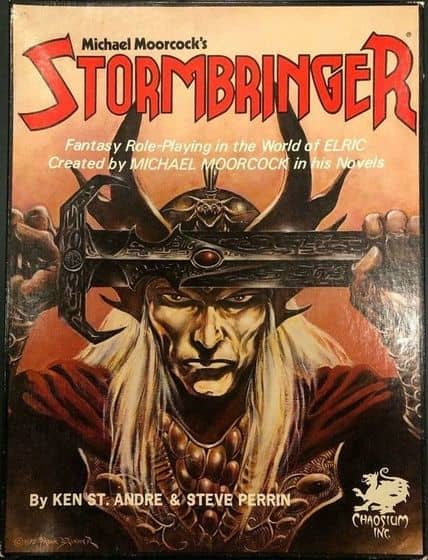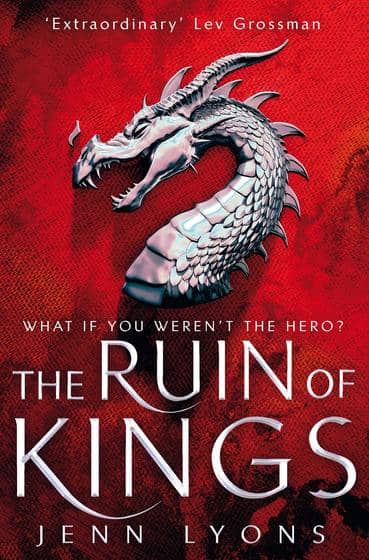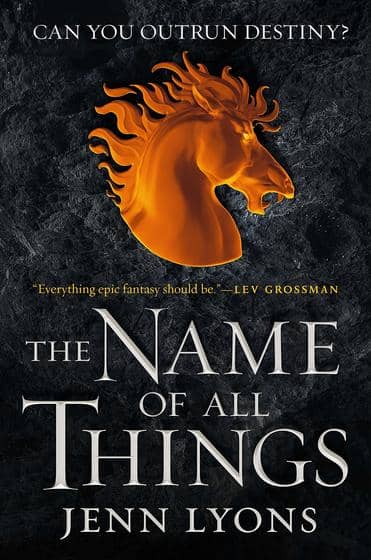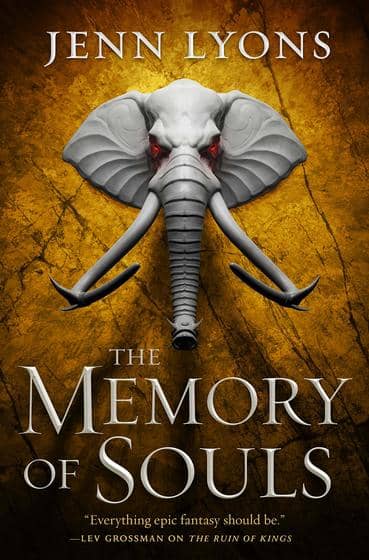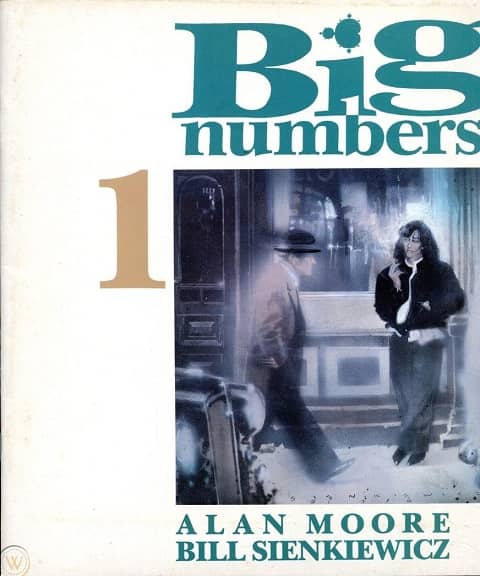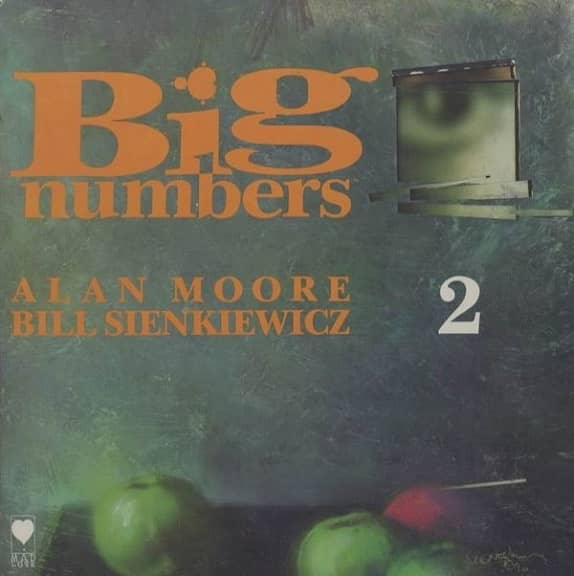Vintage Treasures: Sword-Dancer by Jennifer Roberson
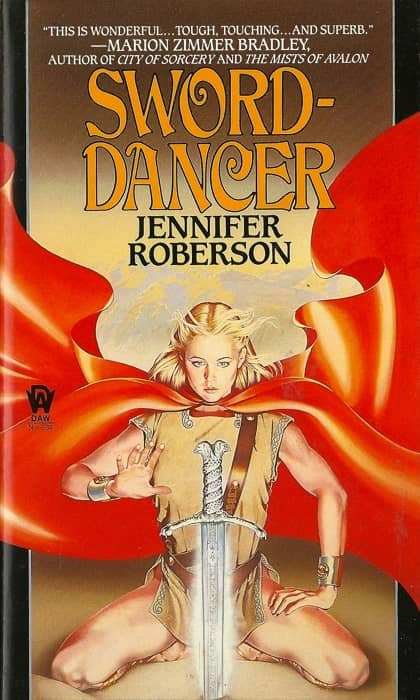 |
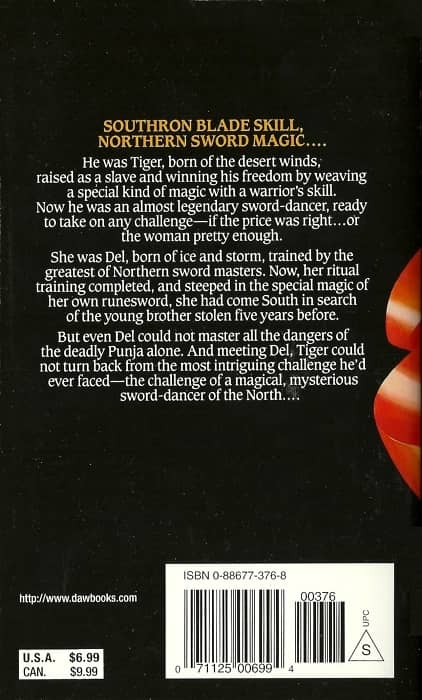 |
Sword-Dancer by Jennifer Roberson. DAW paperback original, 1986. Cover by Kathy Wyatt
Jennifer Roberson was one of the 80s class of DAW women writers. Her first short short story, “The Lady and the Tiger,” the genesis for the Tiger and Del series, appeared in Marion Zimmer Bradley’s groundbreaking Sword and Sorceress 2 in 1985. Like Mercedes Lackey, Mickey Zucker Reichert, Cheryl J. Franklin (whom I covered last week) and others, Roberson was a fixture on bookstores shelves and the DAW catalog all through the 80s and 90s. She launched several popular paperback series that ran for decades, and helped transform DAW into an industry powerhouse.
Her first novel was Shapechangers (1984), the opening book in the long-running, 8-volume Chronicles of the Cheysuli. In September 1986, with the first three novels in that series under her belt, she released Sword-Dancer, the first book in perhaps her most popular series, Tiger and Del, which follows the adventures of Tiger, a legendary warrior and sword-dancer, and Del, the sword-singer who hires him to rescue her brother, and who turns out to be as good with a blade as he is — something that vexes him greatly at first.
Tiger and Del ran to seven volumes (so far). The first six were collected in a handsome trio of omnibus trade paperbacks in 2006 with new covers by Todd Lockwood, making a nicely complete set on my bookshelf… until Roberson released a seventh book, Sword-Bound, in 2013. It’s tough being a collector sometimes.
As a series opener, Sword-Dancer is a little uneven, but still well worth reading. Here’s a snippet from one of my favorite Goodreads reviews by Dana.
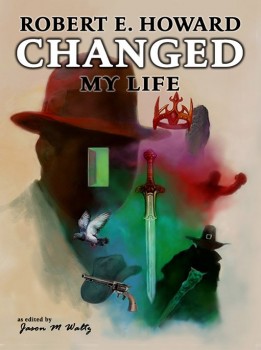
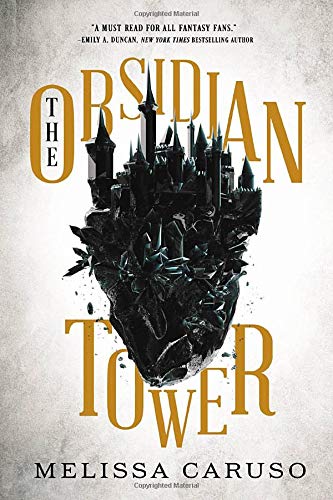

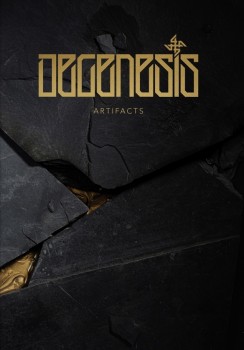 Degenesis, SixMoreVodka’s post-apocalyptic, Europe-and-North Africa-centered tabletop RPG, released its first rules expansion last month. Called Artifacts and featuring the new Degenesis black-and-gold look, it’s the first gaming supplement I’ve ever owned with gilt-edged pages.
Degenesis, SixMoreVodka’s post-apocalyptic, Europe-and-North Africa-centered tabletop RPG, released its first rules expansion last month. Called Artifacts and featuring the new Degenesis black-and-gold look, it’s the first gaming supplement I’ve ever owned with gilt-edged pages.
